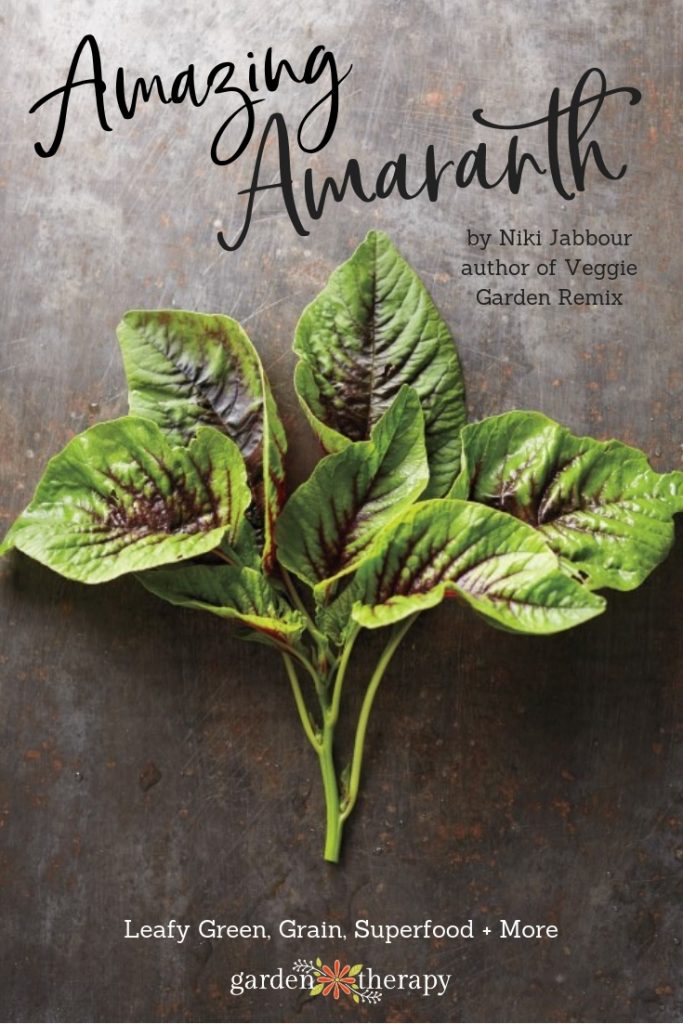Many people don’t realize that those beautiful amaranth plants in the garden centre also play double duty as a vegetable! Amaranth leaves are some of the most nutritious you can grow in the garden, and you can even use the seeds as a flour, like rice or quinoa, and even to pop like corn!
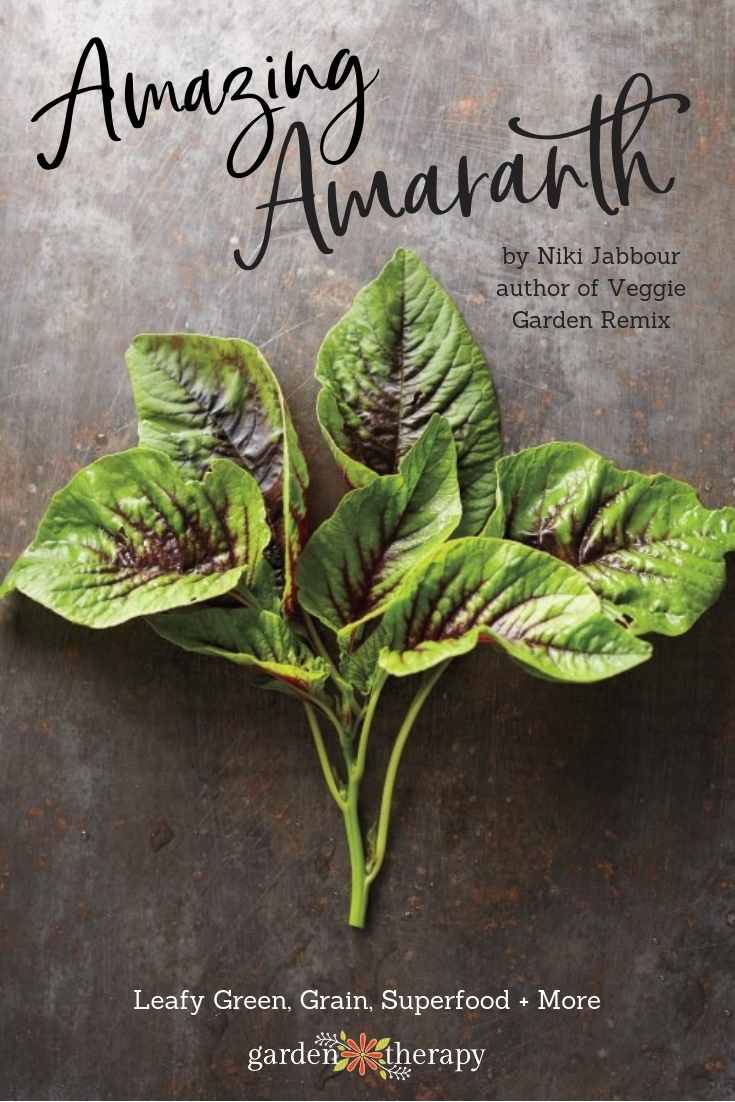
Our favourite unusual vegetable expert, Niki Jabbour, is here once again to teach us all about another crop to try: amaranth! This superfood plant produces leafy greens that can be used like spinach as well as seeds that can be popped like popcorn, ground into flour, or cooked like rice.
It’s one of those super cool vegetables that is underrated, both as an edible and an ornamental. Niki has certainly convinced me of its value, and I’m sure you’ll be itching to grow this supergreen in your garden as well.
Now, let me pass things off to Niki to talk to you all about amaranth!
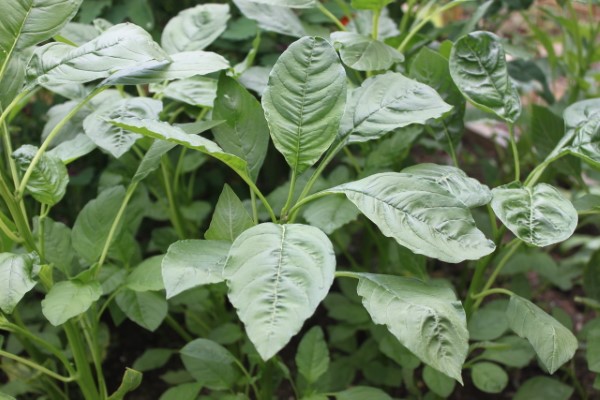

Meet Amazing Amaranth
By Niki Jabbour
Amaranth definitely took center stage in my family’s garden the year I grew a towering cinnamon-orange-flowering variety called ‘Hot Biscuits.’ I was just a teenager, and I was amazed at the staggering heights it grew to (taller than me!).
At the time, though, I had no idea that amaranth was not only edible, but actually a superfood. Its abundant leaves have almost twice the vitamin C of spinach and as much iron, and its seeds are packed with protein.
Today, I grow amaranth in the vegetable garden as well as in big pots on my sunny deck, where we harvest tender leaves from early to midsummer and enjoy the beauty of the flamboyant tassels well into autumn. If we’re lucky and the summer is long, we can also harvest mature grains after the first frost.
Amaranth leaves taste similar to spinach, but unlike spinach, which quickly bolts in hot weather, amaranth is both heat and drought-tolerant, making it an ideal green for summer production. As a bonus, the seeds have a nice nutty flavour, and are used in hot cereal, breads, and other baked goods.
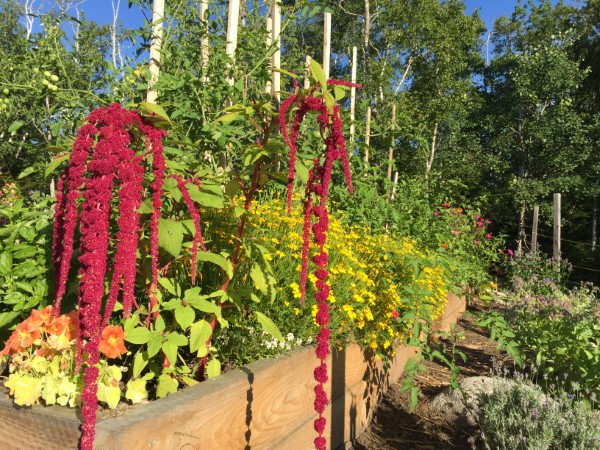

Amaranth Nutrients
Raw, the young leaves are excellent in any fresh dish. The coloured varieties do lose their pigments when cooked, but if picked young and eaten raw, they will add a fun pop of colour to salads or can serve as a pretty bed for cooked chicken, fish, or meat. They’re also used in cooked dishes around the globe and can be incorporated in any dish you’d use spinach for.
Like spinach, beet greens, chard, and sorrel, the leaves of amaranth contain high levels of oxalic acid, which can inhibit the body’s absorption of calcium and zinc.
If you’re prone to kidney stones, you may wish to avoid eating amaranth leaves. Note that young leaves have less oxalic acid than mature leaves, and that boiling or steaming will lower the levels of oxalic acid (though some of the vitamins and minerals will be removed as well).
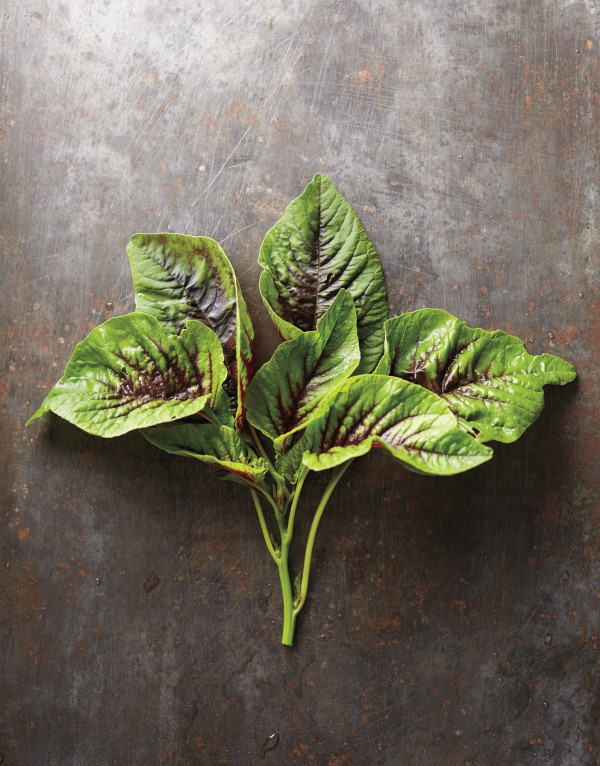

Growing Amaranth for Seed
In addition to growing amaranth as a spinach substitute, you might want to grow some for its protein-rich seeds. Like the foliage and flowers, the seed colour can vary, ranging from cream coloured to brown to black.
White-seeded varieties are said to have the best quality grains for cooking. The grains of black-and dark-seeded varieties can be gritty when cooked, but the plants produce very tender leaves.
Depending on the species, amaranth grown for its grains will need 100 to 120 days of warm, frost-free weather to reach maturity. You can expect anywhere from a few ounces to 1 pound of seeds per plant, depending on the growing conditions and species.


Growing and Harvesting Tips
Amaranth plants grown for grain production will need a bit more space than those grown for greens. Set seedlings on 15-to 18-inch centers, or direct seed every 6 inches, thinning to 15 to 18 inches as plants become established.
Amaranth is typically wind-pollinated and self-fertile; each flower spike is composed of hundreds of tiny male and female flowers. As such, it will produce seeds even if grown alone in a pot.
Maturation of the seed heads is a gradual process that begins at the bottom of the tassel and moves gradually upward. If the bottom seeds are ripe and ready to fall (test by gently shaking or rubbing the flower head), gather them by simply bending the tassel over a clean bucket or bowl and shaking out the ripe seeds. The head can then be left to continue maturing.
Many gardeners wait to harvest the seed heads until after the first frost, when the plants are on the decline. Shaking the heads over a bowl as they ripen is the easiest and cleanest way to harvest the seed, but sometimes bad weather threatens, and you need to harvest the entire heads at once.
In these cases, you can cut the seed heads and hang them upside down in a well-ventilated site; cover them with a paper bag or lay a clean tarp below to catch any seeds that fall. Allow the seed heads to dry for a week or two.


Threshing and Winnowing Amaranth
Once the heads are mature, thresh them over a clean sheet or into large paper bags to collect all the tiny seeds, using a gloved hand to help separate the seeds from the head (the chaff is rather prickly). Eliminate larger bits of chaff by sifting the seed through a colander or piece of screen.
To separate the seeds from the smallest bits of prickly chaff, place them in a plastic bowl and toss them gently into the air in front of a fan set on low. Adjust the fan speed as needed. As you toss, the lighter chaff will float to the top of the seeds and be blown away, or you can skim it off with a large spoon. Repeat until no chaff remains.
Winnowing is a skill that takes practice, and novices should lay a clean sheet or tarp on the ground first so that spilled seeds can quickly be gathered up.
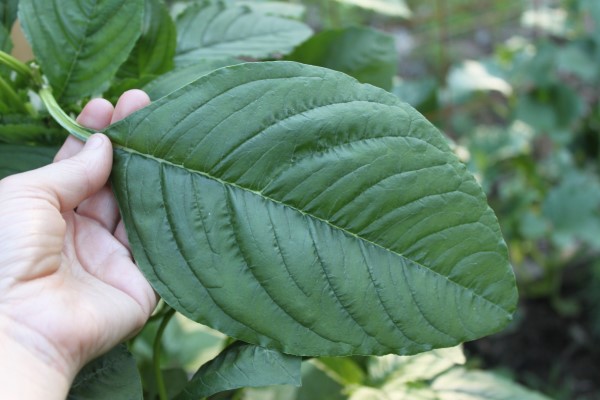

Cooking Amaranth Grains
Unlike quinoa, the seeds of amaranth have no saponin, the bitter compound that coats quinoa seed and needs to be rinsed off; amaranth seeds can be cooked just as they are.
To cook amaranth grains, combine the grains with an equal amount of water and simmer for 10 to 12 minutes. Check the pot occasionally and add more water if the grains look dry. Besides cooking it simply and serving it like rice, amaranth can also be incorporated into a nutritious breakfast porridge or ground into flour to be baked in muffins or breads.


Popping Amaranth
Amaranth is delicious when it’s popped like popcorn. Popped amaranth can be added to homemade granola or granola bars, cereal mixed with yogurt and fruit, or just eaten by the spoonful!
To pop amaranth, place a saucepan over medium-high heat (unlike with popcorn, there is no need to add oil). When it’s hot, add a scant tablespoon of amaranth grains to the pan; they should start to pop in just a few seconds.
Pop a tablespoon at a time, swirling the pan to help the grains pop evenly. Top the pan with a lid or splatter screen to help stop the tiny seeds from popping all over your stove. As each panful is popped, place the grains in a nearby bowl. One tablespoon of amaranth grains will yield 4 to 5 tablespoons of popped grains.
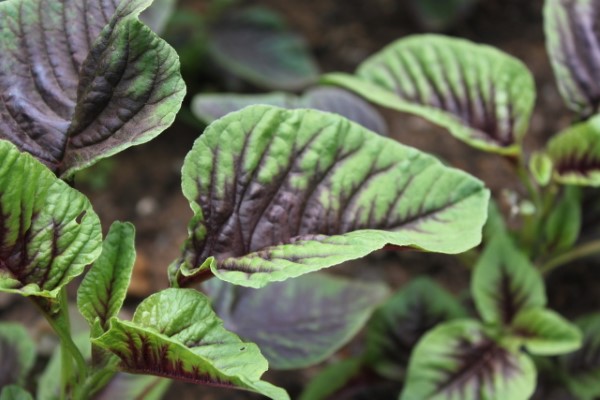

Excerpted from Niki Jabbour’s Veggie Garden Remix © by Niki Jabbour. Used with permission from Storey Publishing.
About the Author
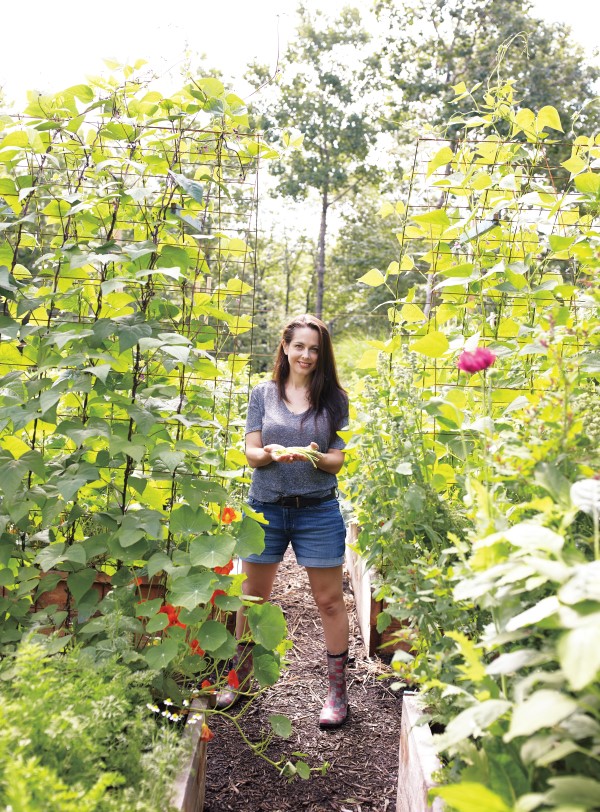

Niki Jabbour is the award-winning author of The Year-Round Vegetable Gardener (American Horticultural Society book award), Groundbreaking Food Gardens, and Niki Jabbour’s Veggie Garden Remix. She also writes for magazines across North America, including Fine Gardening, Birds & Blooms, Horticulture, and Garden Making. Niki is a popular speaker at shows, garden clubs, conservatories, and events. She regularly appears at the Northwest Flower & Garden Show in Seattle, Canada Blooms in Toronto, the Boston Flower Show, the Mother Earth News Fairs, and more.
More Interesting Vegetables to Grow


